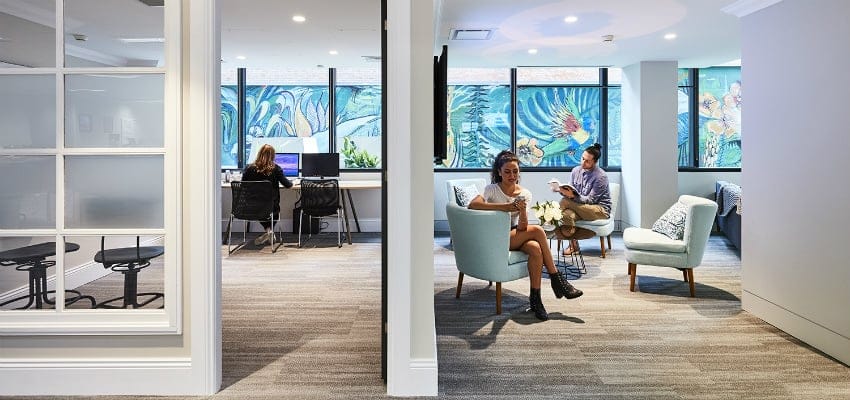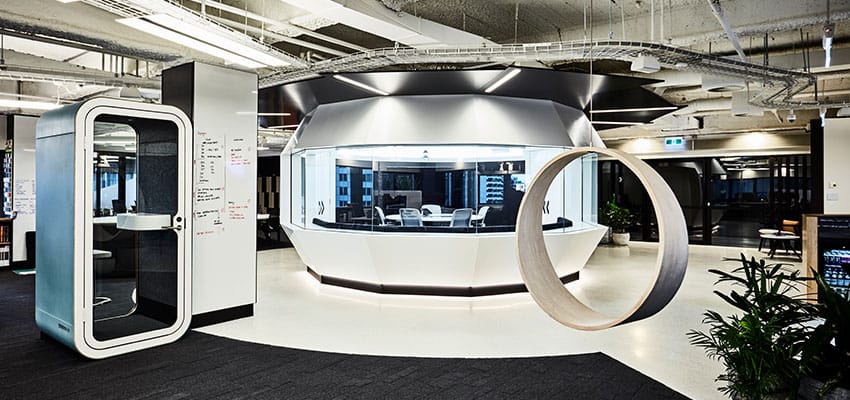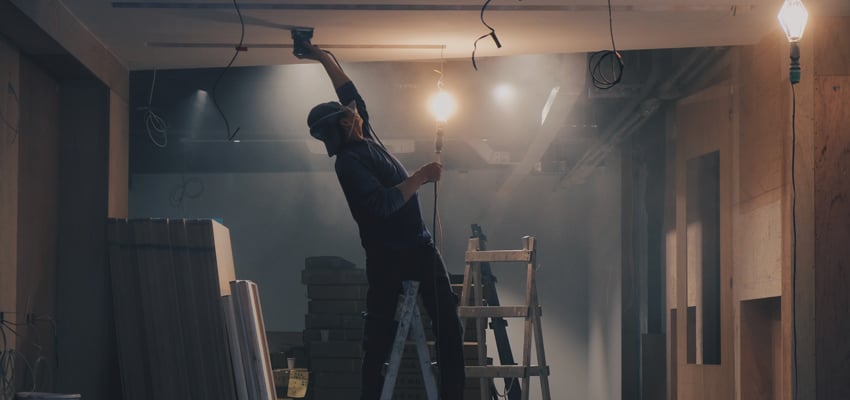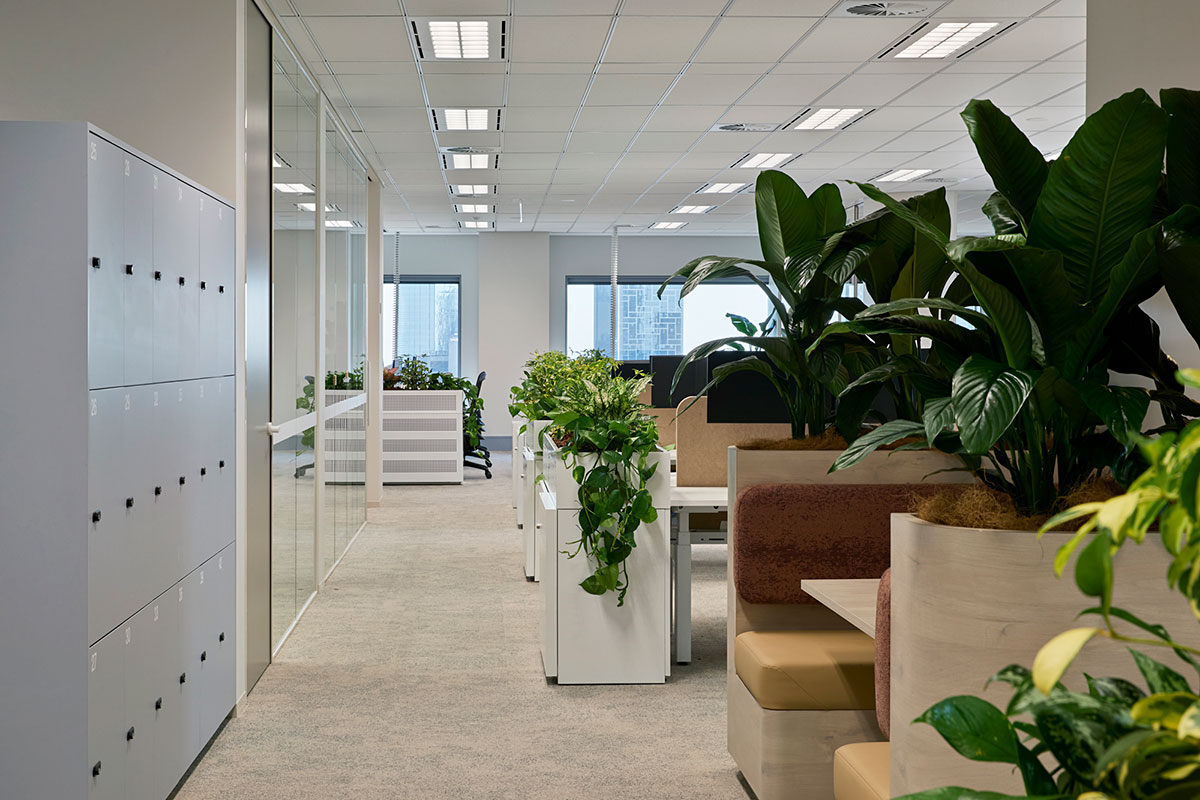How to build a business case for your workplace redesign
Whether you’re moving to a new office space, or refurbishing an existing one, a workplace redesign requires getting buy-in from senior leaders in your business before you can start putting a plan in place.
Sure, you could tell them a workplace redesign delivers a whole host of benefits – improved employee wellbeing and performance, better ability to attract top talent and increased productivity, to name just a few – but this isn’t enough. You have to be able to prove the return on investment (ROI) that a workplace redesign will deliver.
The best way to do this is by building a solid business case, laying out the cold, hard facts, and demonstrating beyond a doubt that a workplace redesign is the best thing for the company.
Here’s how to go about building a business case for a workplace redesign.
Step 1: Crunch the numbers
One of the biggest things the C-suite really want to know is, how will this workplace redesign affect the bottom line?
A sensible place to start, therefore, is space and operations costs.
In a traditional office, only about 45–50% of the space is occupied at any one time – and you can expect this number to drop even further as people adopt more flexible ways of working, such as having four-day weeks or work-from-home days. With a workplace redesign, you can effectively reclaim all this lost space.
So do the math:
- What are you typically paying for each workstation/square metre?
- How many workstations/square metres could you potentially eliminate in the workplace redesign?
- What do you stand to save in operational costs, like energy, cleaning, facilities maintenance and security?
It also helps to be proactive about exiting your lease – while it can be tempting to simply hand over a cheque to avoid ‘back to base’ obligations, in reality, cash settlements are often inflated by landlords. Taking steps like getting a second opinion and negotiating can save a lot of money – meaning an even healthier ROI.
2. Focus on the value-add
Saving costs is of course important, but a successful workplace redesign will deliver tangible benefits long after the big move too. After all, your employees are the company’s biggest expense, so even incremental improvements on their comfort and productivity can have a marked effect on the redesign’s ROI.
Here are just some of the ways a workplace redesign can have a positive effect on revenue:
- Lower attrition: Replacing employees can be a substantial cost – according to the Society for Human Resource Management, it costs a company on average 6–9 months of an employee’s salary to replace him or her. Workplace redesigns can help lower attrition by creating a desirable environment to work in.
- Less absenteeism: According to the World Green Building Council, one company in the UK saved £28,000 in absenteeism costs by moving their office to a ‘green’ building.
- Better productivity: A study by KPMG showed that Dutch company Heerema Marine Contractors’ move to new sustainable headquarters was expected to reap productivity benefits worth €42 million over 20 years.
- Better ability to attract top talent: Consider how much time and money you spend trying to find the right hires for your business. A redesign can help make your workplace more desirable to potential employees.
3. Rely on evidence to get the best results
In order to reap all those benefits, and provide employees with a workplace redesign that will work best for them, it is important to use evidence-based design.
What is evidence-based design?
This means that, rather than creating a design based on assumptions, and forcing employees to adapt to their new surroundings, you instead configure the design based on the culture of your organisation and the ways in which your employees prefer to work.
For example, an open-plan layout might save space and increase collaboration – but it may not necessarily be the best arrangement for your sales team (or the department that sits adjacent to your sales team) if they spend all day on the phone.
Evidence-based design can help ensure you get maximum ROI from your workplace redesign, ensuring it is tailor-made to deliver happier employees and greater profits.
It is prudent to enlist the help of professionals for this step, who will approach your business from a multidimensional perspective and make sure to ask the right questions, before creating a design based on data and a thorough understanding of your organisation.
At Axiom, we like to think of ourselves, not as an “office fitout company”, but rather a “workplace change partner”.
Need a hand?
If you’re planning a workplace redesign and need some help backing up your business case with cold, hard data, Axiom can help. We’ll work with you to carefully audit and analyse your needs, so you get a design that’s a perfect fit for your business. Contact us today!








